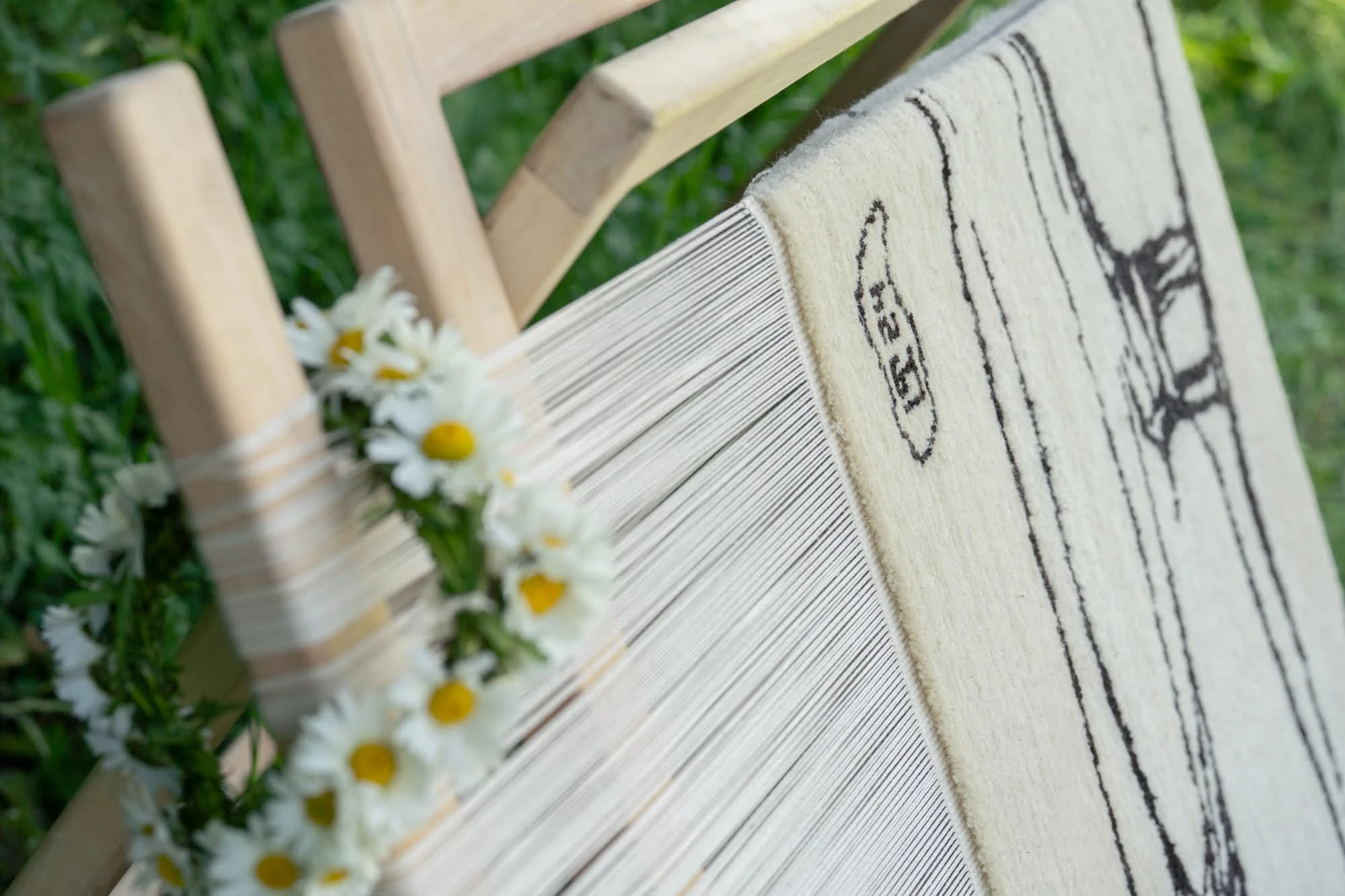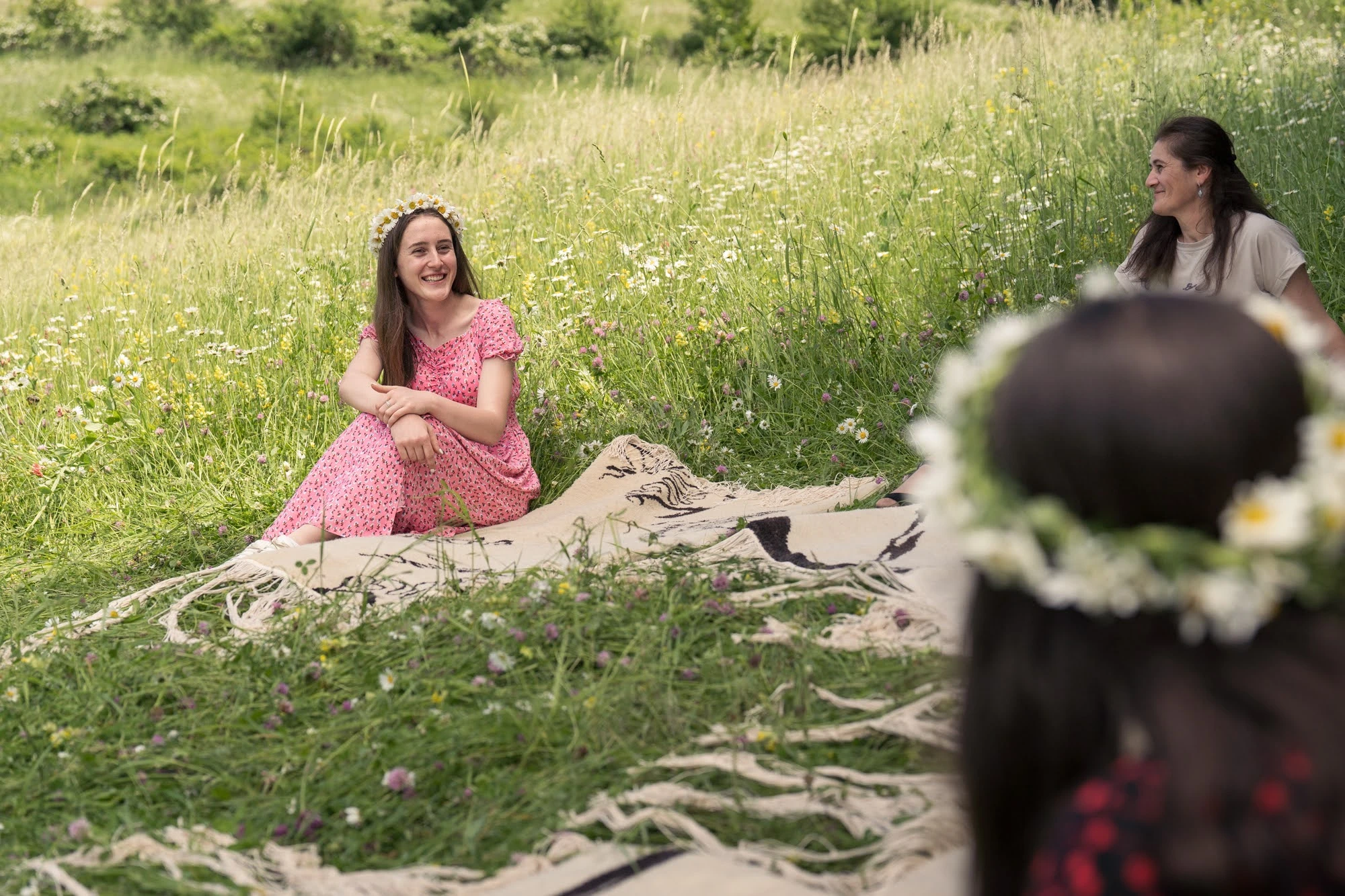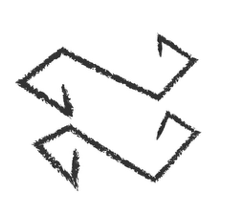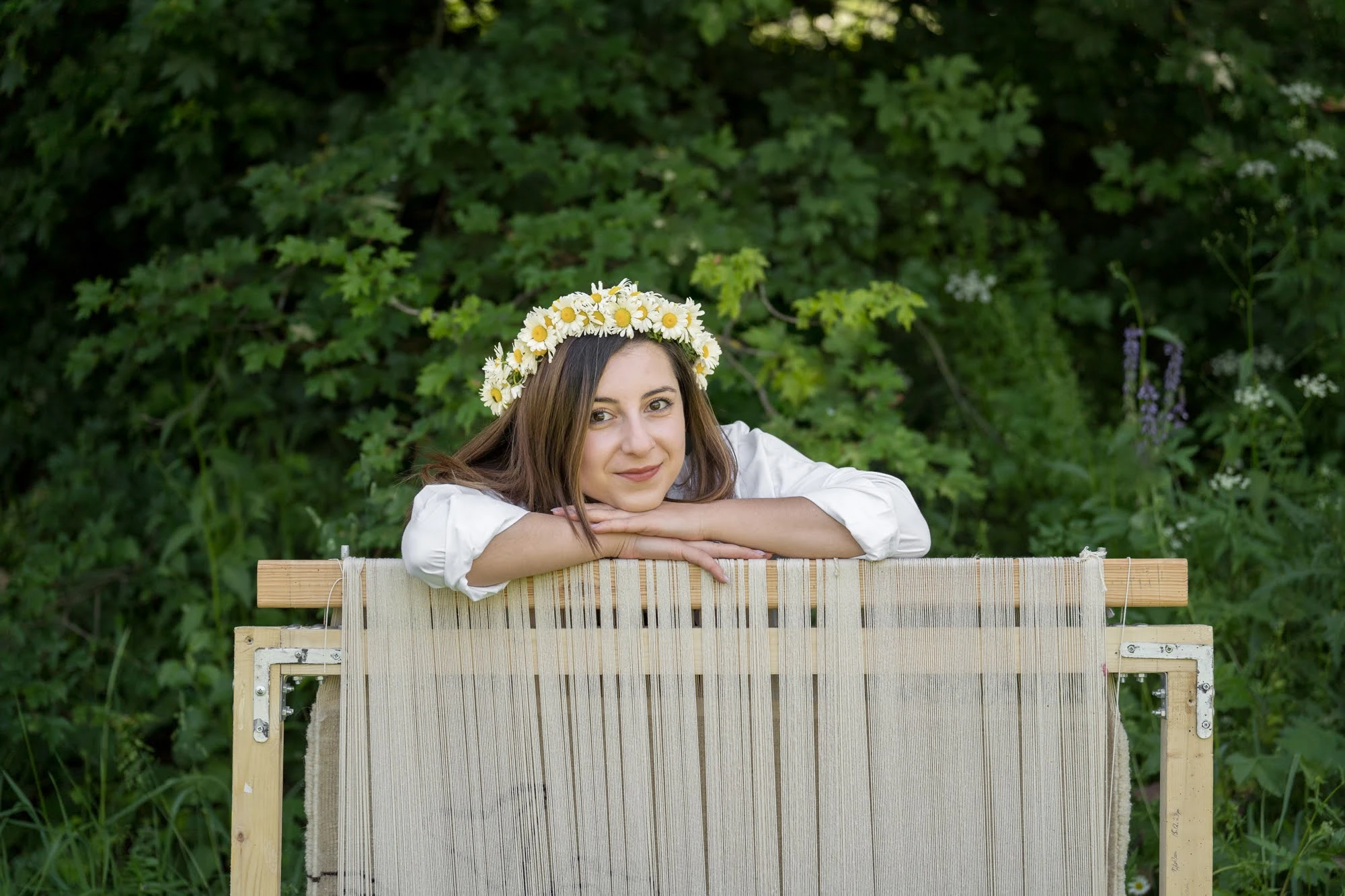By Kyle Khandikian, Founding Director
The story of Barana, The Rug Code’s first knotted and contemporary rug collection, begins with a 3-day fact-finding trip I took in May 2023 to Armenia’s northern Tavush Province. The purpose of the trip was to meet with several rug making collectives and individual coders (what I like to call rug makers) I knew about through online research, but who I had never met nor whose rugs I had seen in person.
I was looking for the right partners to create our second collection of made in Armenia rugs. At the time, I had no conceptions about what the collection would look like – this website and online shop didn’t even exist back then. My field trip took me to the towns of Dilijan, Ijevan, and Berd, where my meetings with local coders confirmed what I already knew to be true about the state of rug making in Armenia today: it’s a dying tradition that’s all but disappeared from the country’s villages.

A wide look at regional and even global history, geopolitics, economic policy, and cultural-generational shifts offer explanations as to why villagers in Armenia do not weave rugs anymore the way they have for over 4,000 years. But at the level of the individual coder who knows how to make a rug, the explanation is simple: ur hats, hon gats («Ուր հաց՝ հոն կաց») – “Go where there is bread.” Rug making is not a profitable trade in Armenia today without the right (digital marketing) tools, so it’ll soon no longer be a trade at all. Not if we do something about it.
Part of that “we” is the Folk Arts Hub Foundation, a Yerevan-based organization dedicated to reviving traditional folk arts – textiles in particular. Since 2016 their Adopt-A-Loom project has trained over 270 mostly women and children in 22 rural communities across Armenia in the art of rug making. One of those communities is Noyemberyan, about 1.5 hours away from Berd, which was supposed to be the last stop of my field trip. Diana Hovhannisyan, cultural projects manager at Folk Arts Hub and a professional rug maker and art historian, recommended that I visit Noyemberyan and meet with the director of the local Culture House, Sonya Zurabyan.

There at the Noyemberyan House of Culture in 2019 a public, free-of-charge rug making club was established for all local people in the region as part of Folk Arts Hub’s Adopt-A-Loom project. Thanks to the new club, the Culture House’s reach expanded beyond the town and into 6 of the region’s villages: Barekamavan, Voskepar, Baghanis, Jujevan, Tovegh, and Koti. I visited the Culture House on a Saturday, a non-working day. But Mrs. Sonya was eager to meet and introduce me to their programming and the works of the rug making club.
Like most public state institutions in Armenia, especially those outside Yerevan, the Culture House in Noyemberyan is modest and in need of renovation. But Mrs. Sonya’s positive energy and enthusiasm for the works of local artists and students far outshined the conditions of the House. If the findings of my trip on the state of rug making in Armenia today were bleak, Mrs. Sonya was a ray of hope.
Part II of how we created the Barana Collection coming soon.


